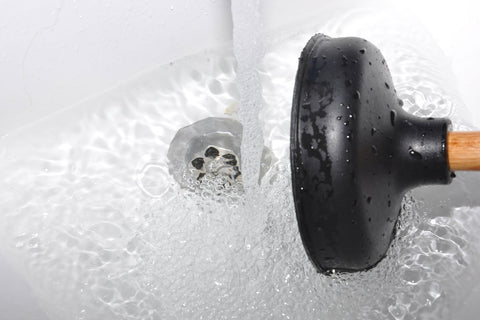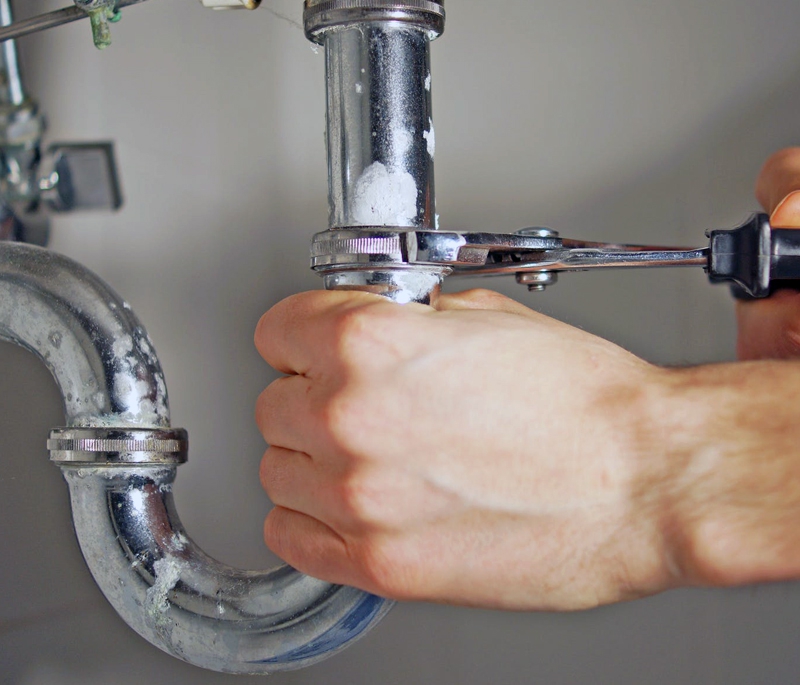Our Best Winterizing Techniques: A Few Ways to Guard Pipe Bursts
Our Best Winterizing Techniques: A Few Ways to Guard Pipe Bursts
Blog Article
This post which follows about How to Prevent Frozen Pipes is unquestionably motivating. You should investigate it.

All home owners that live in warm environments have to do their finest to winterize their pipes. It is something you need to do throughout autumn before deep winter season absolutely starts. Failing to do so can lead to calamity like icy, split, or burst pipelines. Right here are some useful winterizing hacks to maintain your plumbing system shielded even if the climate exterior is terrible.
Attempt a Hair Dryer or Warmth Gun
When your pipelines are almost freezing, your reliable hair clothes dryer or warm gun is a blessing. Bowling warm air directly into them might help if the warm towels do not help dislodge any resolving ice in your pipes. Do not use various other things that produce straight flames like a strike lantern. This can result in a bigger calamity that you can not regulate. You might end up harmful your pipelines while trying to melt the ice. And also in the long run, you may even end up burning your residence. So beware!
Open Cabinet Doors Hiding Plumbing
It would be useful to open closet doors that are camouflaging your pipes when it's chilly outside. They might be somewhere in your kitchen area or bathroom. This will certainly permit the warm air from your heater to distribute there. As a result, you stop these exposed pipelines from freezing. Doing this little method can keep your pipes cozy and also restrict the possibly unsafe end results of freezing temperatures.
Take Time to Wrap Exposed Pipes
One very easy and also cool hack to heat up cold pipes is to cover them with warm towels. You can also make use of pre-soaked towels in hot water, simply don't forget to use safety gloves to guard your hands from the heat.
Turn On the Faucets
When the temperature level decreases as well as it appears as if the cold temperature level will last, it will aid to switch on your water both inside your home and outdoors. This will maintain the water streaming through your plumbing systems. Additionally, the activity will certainly reduce the freezing process. Significantly, there's no requirement to turn it on full force. You'll wind up wasting gallons of water this way. Instead, go for about 5 declines per min.
Shut down Water When Pipes are Frozen
If you discover that your pipelines are completely icy or virtually nearing that phase, turn off the major water shutoff promptly. You will normally find this in your cellar or utility room near the heating unit or the front wall surface closest to the street. Transform it off today to stop more damages.
Don't forget to shut external water resources, too, such as your connection for the garden residence. Doing this will protect against additional water from filling out your plumbing system. Sadly, with even more water, even more ice will accumulate, which will ultimately lead to rupture pipelines. It is best to call an expert plumber for an inspection if you are not sure concerning the state of your pipes this wintertime. Taking this proactive technique can conserve you hundreds of dollars in repairs.
All homeowners that live in temperate climates need to do their ideal to winterize their pipelines. Failing to do so can spell catastrophe like icy, cracked, or ruptured pipelines. If the warm towels do not aid displace any type of settling ice in your pipes, bowling hot air directly into them might help. Turn off the main water shutoff right away if you observe that your pipelines are entirely frozen or virtually nearing that stage. With even more water, even more ice will pile up, which will eventually lead to break pipelines.
PREVENT YOUR PIPES FROM FREEZING THIS WINTER
A Leading Cause of Property Damage
When the weather is taking a deep nose dive into the cold dreary days, the risk of your pipes freezing and potentially bursting skyrockets. Unfortunately, during these cold dreary months, burst pipes are the most common denominator for property damage. The pipes that are most at the risk are those that are in areas where it is most cold in your home. For instance, pipes located in interior places such as basements, attics, and your garage. Unfortunately, that doesn’t mean that the pipes running through your cabinets or exterior walls can’t freeze. Good news, however, is that you can do things to help prevent pipes from freezing.
How to Prevent Pipes From Freezing
Once the temperature starts to drop during the winter, you should be taking the proper measures needed to ensure that your pipes stay warm and that there is circulation of water through them. Some steps that experts may recommend could go against your better judgement when it comes to saving water and heat. However, it would go without saying that when expenses are compared, damaged pipes could put a bigger dent in your wallet than a water bill.
What Can I Do?
Keep your garage door closed. This is very important, especially if you have water supply lines running through your garage. Open your kitchen and bathroom cabinets to allow warm air to circulate through them. Allow air circulation throughout your home. Keeping the interior doors open will once again allow the warm air to circulate inside your home. Ensure your thermostat is running the same temperature throughout the night and day. If you plan to be away from home during the cold months, set your temperature no lower than 55° F. This should provide enough heat to keep the pipes warm and prevent any remaining water inside the pipes from freezing. For more of a long-term solution, add insulation to attics, basement, and other crawl spaces around your home. By allowing your faucet to drip, it will alleviate pressure in the system. This is important because the pressure that is created between the blockage and the faucet can potentially cause the pipes to burst. Allowing the faucet to drip will prevent the pressure from building up, therefore keeping the pipes from bursting. Seal any cracks, openings, and crawl spaces around your home to prevent cold air from coming inside. This keeps your pipes-not to mention your home-warmer and less susceptible to issues caused by freezing temperatures. For the pipes in your home that are easily accessible, applying electrical tape to them might prevent them from freezing over. This is a quick fix, as you can apply the tape directly to the pipe. There are two options for heating tapes. One turns on and off by itself when it senses heat is needed. The other type of heating tape needs to be applied when heat is needed and removed when not necessary. If you have exposed pipes in your home, you can check this website to take a look at a few options that would be available at a shop near you.

Hopefully you liked our part on Winterizing Your Pipes. Thanks so much for taking time to read through our piece. Liked our blog? Please share it. Let someone else check it out. Thanks for your time spent reading it.
Call for unmatched plumbing expertise. Report this page